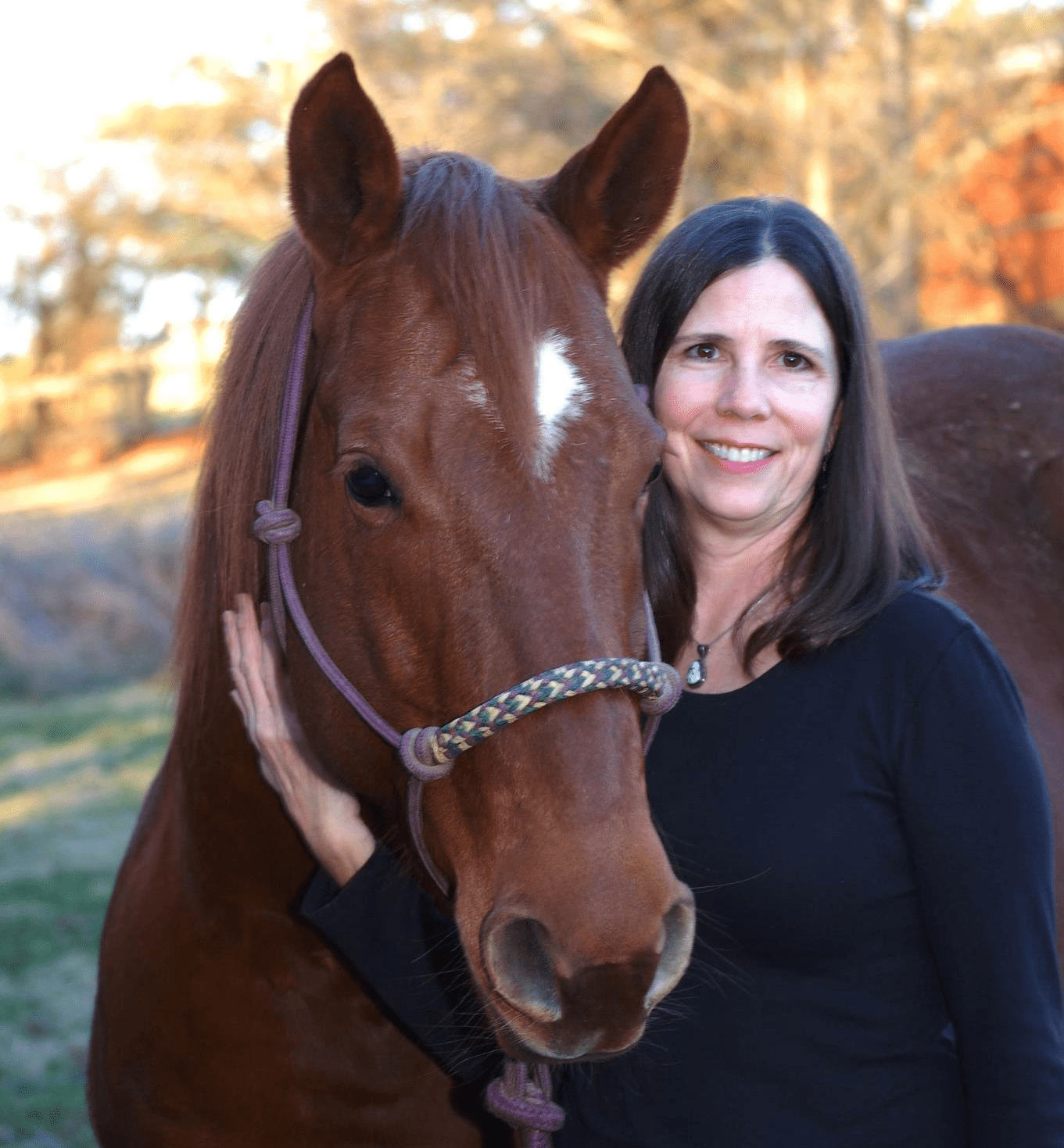Equine Influenza Nasal Swabbing Tips
Tom Chambers, PhD, who heads The OIE Reference Laboratory for Equine Influenza at the University of Kentucky’s Gluck Equine Research Center in Lexington, says there is more than one strain of equine influenza known to be in circulation in the
Tom Chambers, PhD, who heads The OIE Reference Laboratory for Equine Influenza at the University of Kentucky’s Gluck Equine Research Center in Lexington, says there is more than one strain of equine influenza known to be in circulation in the world’s horse populations. This is why it is important for U.S. horse owners and veterinarians to help researchers keep track of which strains are causing disease, and to be alerted if a strain has mutated or a new strain has appeared in the United States.
There are a variety of tests for equine influenza. Chambers emphasizes the need for veterinarians to take nasal swabs and submit them to their state diagnostic laboratories or the Gluck Center. There is no charge for testing at the Gluck Center.
Swab samples should be taken as soon as a horse appears ill, Chambers said. Don’t swab a horse that had a fever a week ago. “It’s too late then to get a positive test,” Chambers said. If you have a contagious upper respiratory disease going through your barn, you need to test early to know what is causing the problem.
There are two main types of strains, American and Eurasian. The American strain can be found world-wide, but the United States does not have the Eurasian strain
Create a free account with TheHorse.com to view this content.
TheHorse.com is home to thousands of free articles about horse health care. In order to access some of our exclusive free content, you must be signed into TheHorse.com.
Start your free account today!
Already have an account?
and continue reading.

Related Articles
Stay on top of the most recent Horse Health news with

















